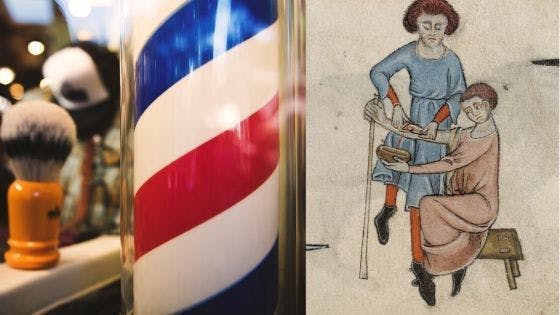Public College Tuition Jumps Nearly Eight Percent
Though it is still cheaper to go to a public university than a private one, a recent spike in college costs this fall is narrowing the gap between private tuition and public tuition.
However, this narrowed gap is nothing new. Over the past ten years, public school tuition has increased at an annual rate of 5.6 percent, while private schools have increased at an annual rate of three percent.
The average public in-state tuition rose nearly eight percent this fall. That’s an increase of between $555 and $7,605. As for private schools, their cost went up 4.5 percent, or $1,164 to $27,293, according to a College Board report called “Trends in College Pricing.”
Even though government subsidies and aid from colleges helped maintain students’ actual costs, experts worry that federal aid can only help so much. They said that college costs will continue to rise unless state funding bounces back or colleges find a way to significantly cut costs.
“Prices are continuing to rise more rapidly than the rate of inflation, particularly in the public sector,” said Sandy Baum, with the College Board.
Even when the tuition increase is adjusted for inflation, public college costs this fall rose 6.6 percent, and private college costs rose 3.2 percent, the College Board reported.
“Just when Americans need college the most, many are finding it increasingly difficult to afford,” said Molly Corbett Broad, president of the American Council on Education.
But according to the “Trends in College Pricing” report, students are finding ways to stabilize their net tuition, or what students actually pay, once grants and tax breaks are factored into the cost. The average estimated net tuition for public and private schools this fall was $1,540 and $11,320, respectively. And though that’s up from last year, it’s lower than what students were paying five years ago.
Baum said “Despite the fact sticker prices have gone way up, there is so much grant aid out there that many students are really paying less than they did before.”
Via The Associated Press



